Figure 52 – uploaded by Marisa Escobar

Figure 52 Source: IPCC 2000, modified. re a © aa © aes As an underlying feature of all emissions scenarios, the IPCC developed four dif- ferent narrative storylines to describe the relationships between emission-driving forces and their evolution over time (Figure Al.1). Each storyline represents different demo- graphic, social, economic, technological, and environmental developments. Each emis- sions scenario represents a specific quantitative interpretation of one of the four story- lines. All the scenarios based on the same storyline constitute a scenario “family.”! The SRES scenarios cover a wide range of the main driving forces of future emis- sions, from demographic to technological and economic developments. None of the sce- narios includes any future policies that explicitly address climate change, although all scenarios necessarily encompass various policies of other types and for other sectors. The set of SRES emissions scenarios is based on an extensive literature assessment, six alternative modeling approaches, and an “open process” that solicited wide participa- tion and feedback from many scientific groups and individuals. The SRES scenarios in- clude a range of emissions of all relevant greenhouse gases and sulfur, as well as their underlying driving forces.
Related Figures (128)





























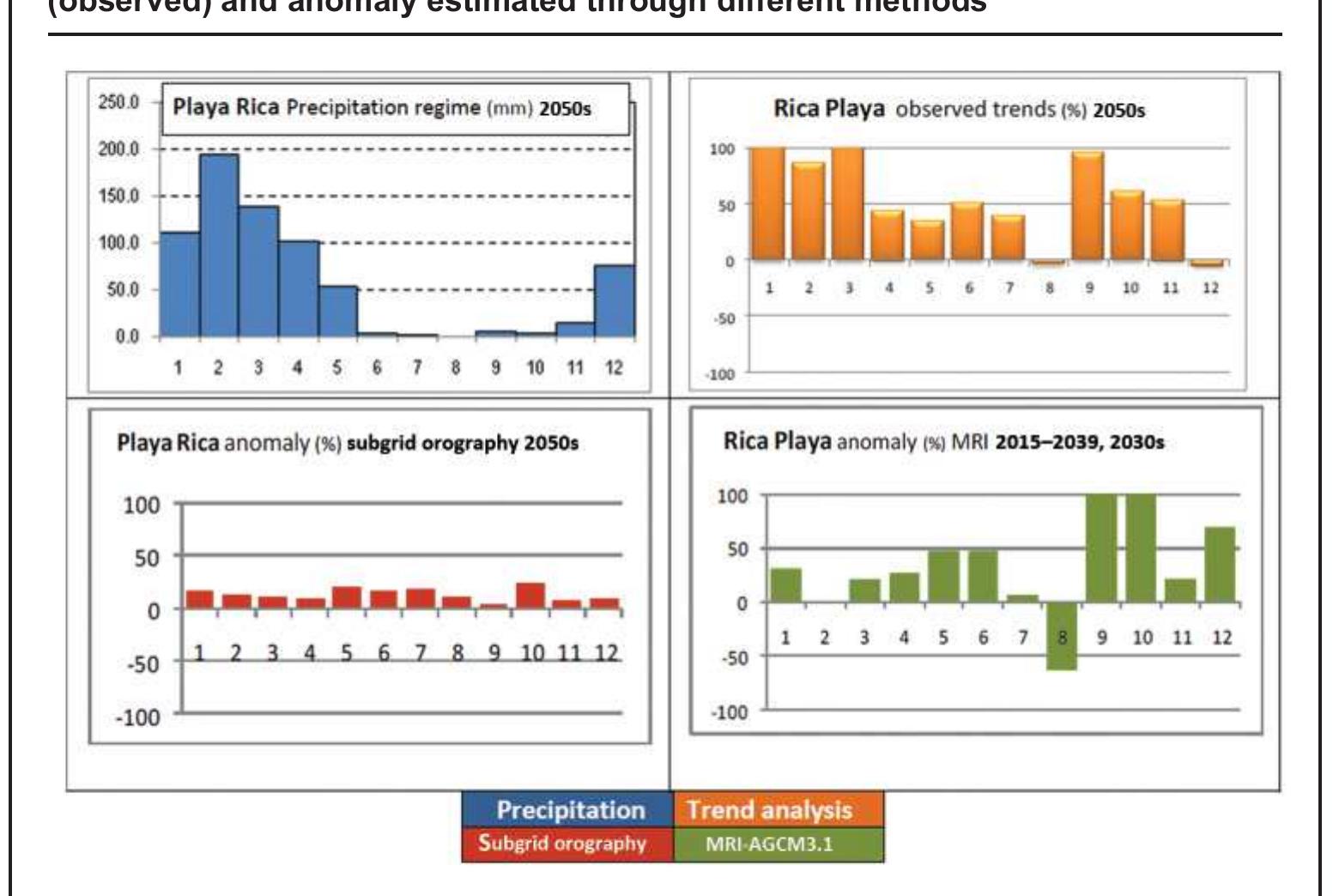









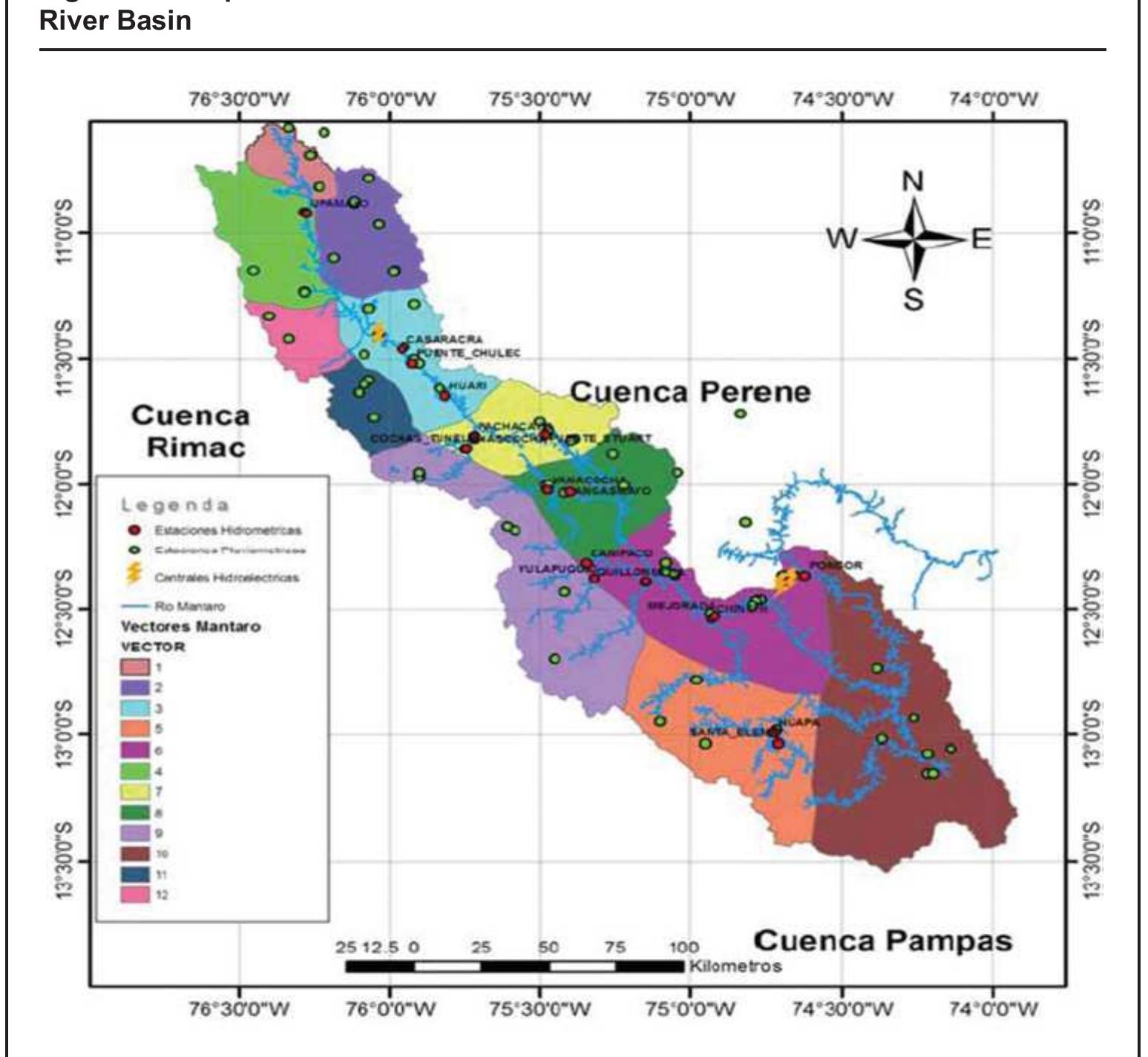





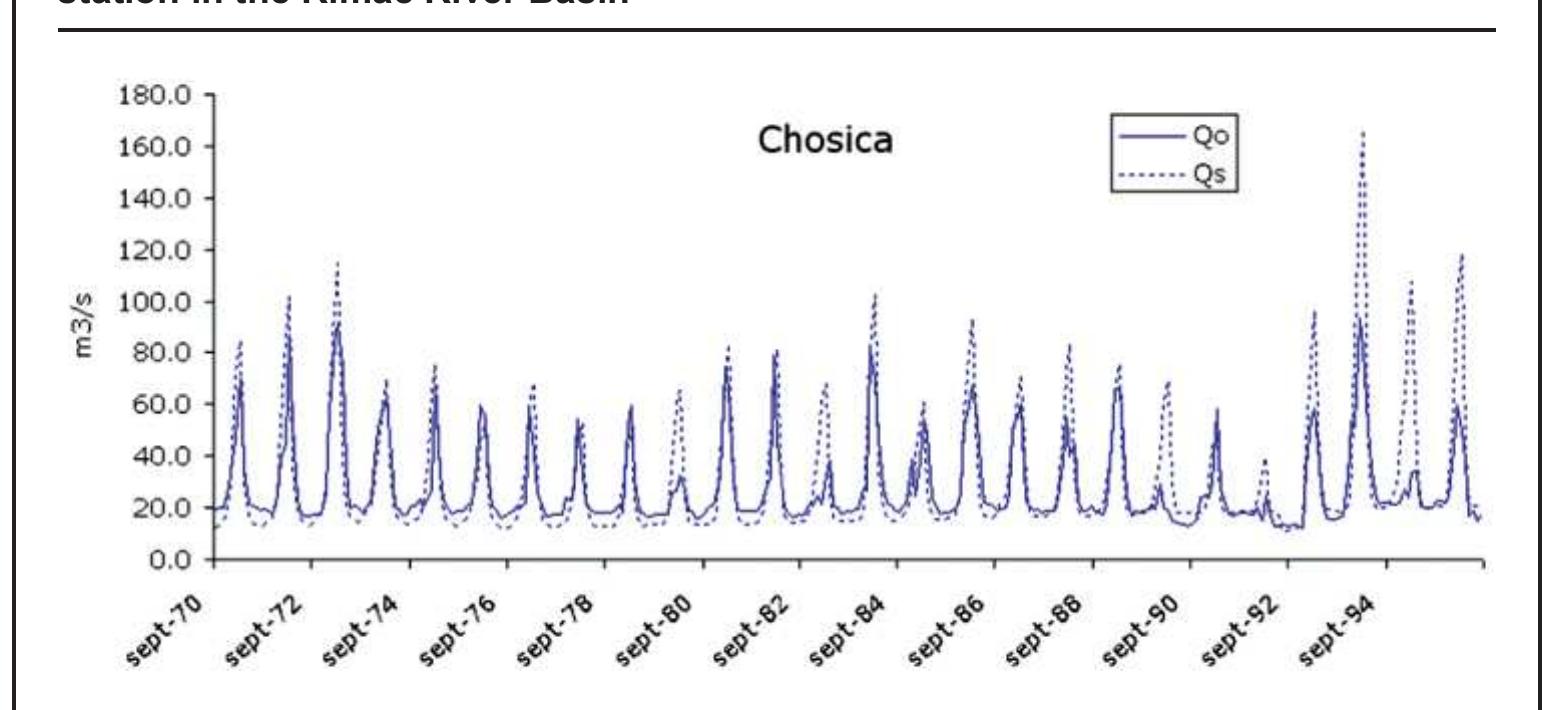












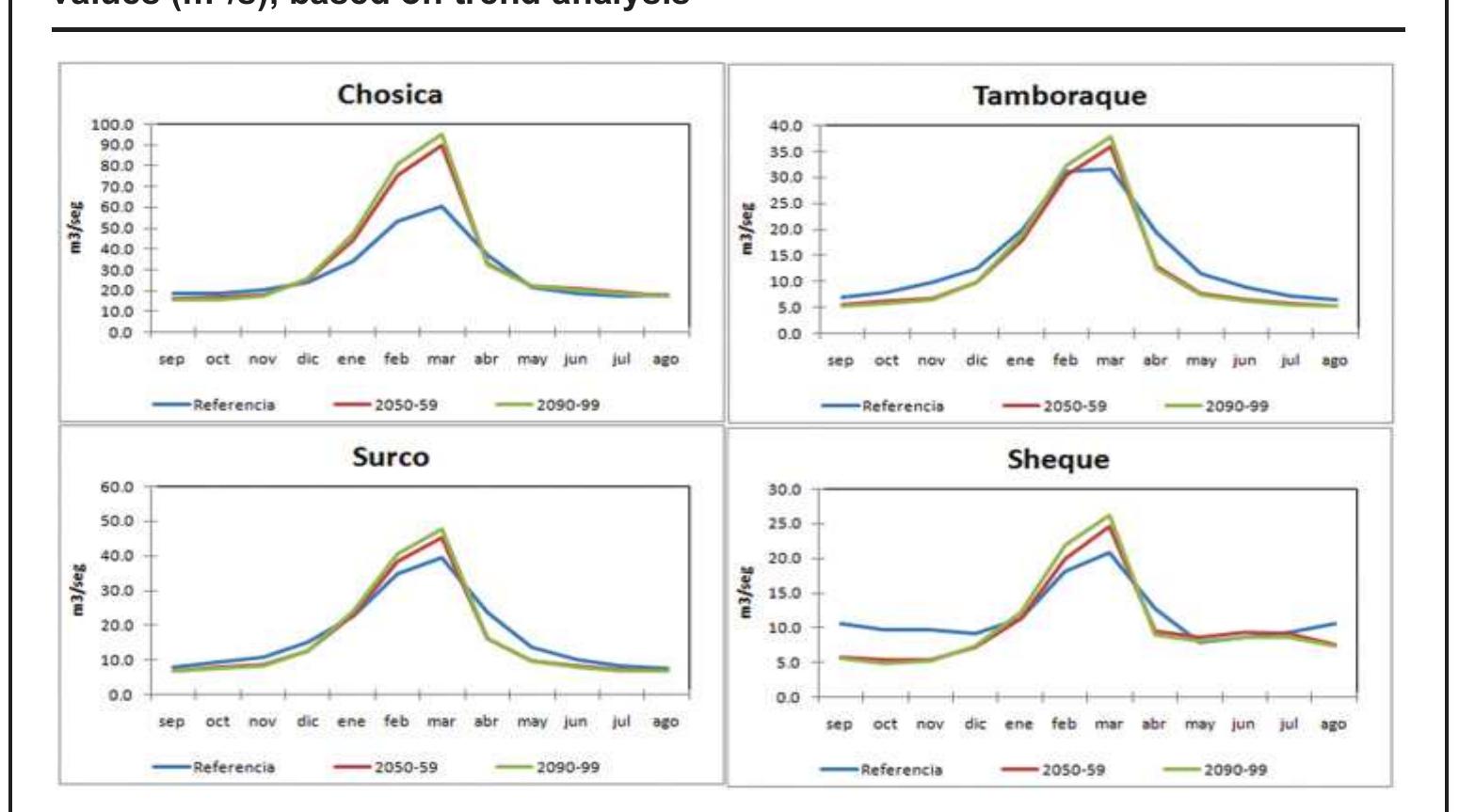



















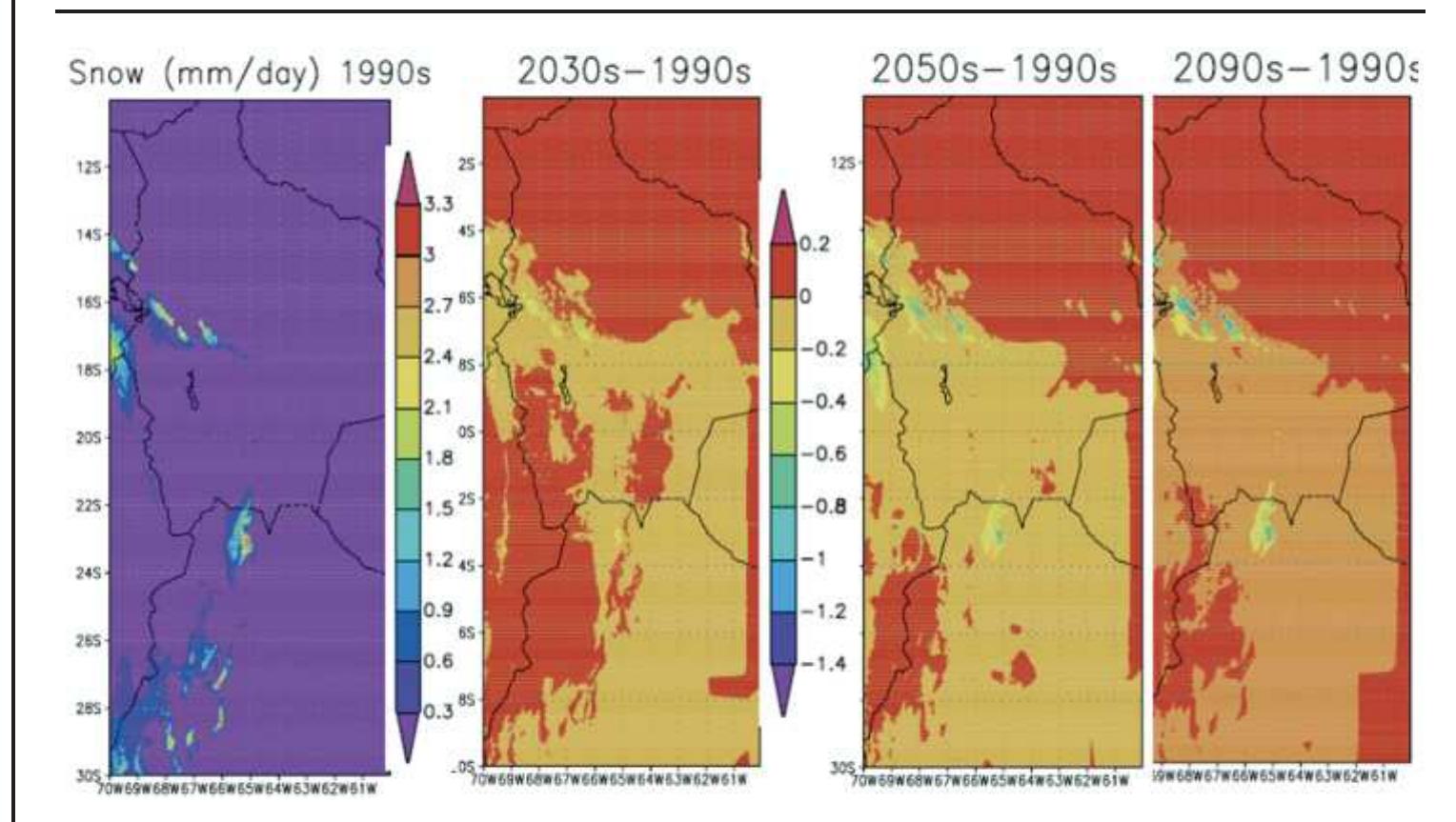












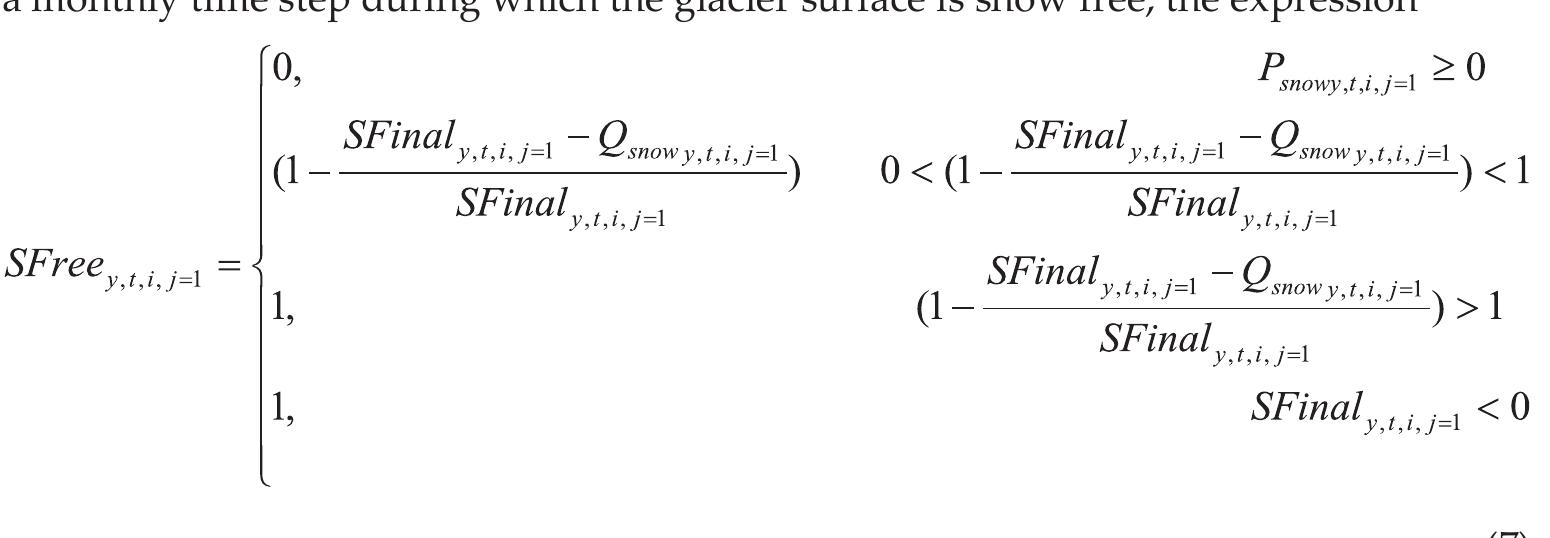











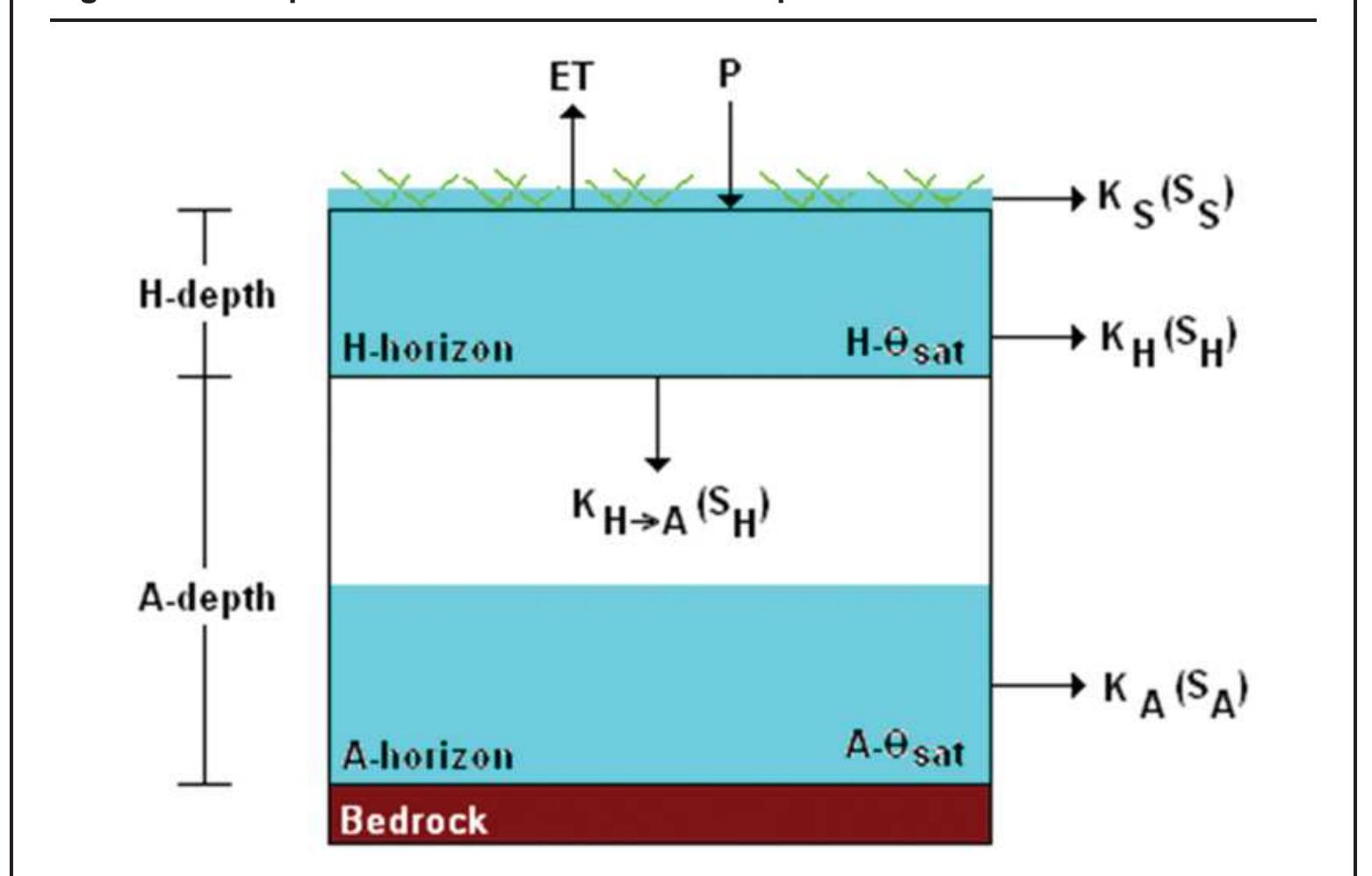
























Connect with 287M+ leading minds in your field
Discover breakthrough research and expand your academic network
Join for free